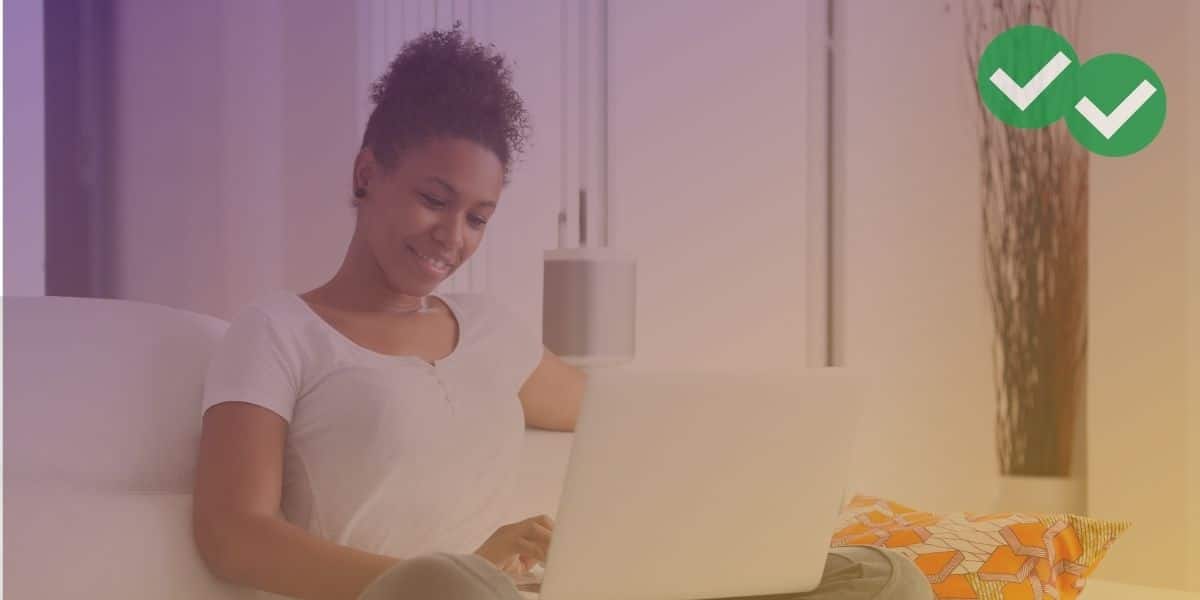
This post references the LSAT-Flex, which was offered through June 2021. As of August 2021, the LSAC is offering the remote LSAT instead. Though much of the below information is still relevant to the new remote LSAT, check out key changes to the remote LSAT to ensure you understand the differences!
The LSAT-Flex is the digital, at-home version of the traditional LSAT. It contains three 35-minute sections: a Logic Games section, a Logical Reasoning section, and a Reading Comprehension section. Because it’s so new, we’ve created an LSAT-Flex 101 course that covers the basics of the test, plus all the resources you need to prepare for the exam.
Our LSAT-Flex 101 course includes a practice test specially designed to align with the shorter LSAT-Flex, a score predictor, and study guides. By the end of the course, you’ll not only be familiar with the test, you’ll also be well set up to succeed. (Oh, and if you’re not already using Magoosh, you’ll also get a free trial of our LSAT prep, which includes the video lessons we—and our students!—highly recommend.)
To give you a little preview, check out the LSAT-Flex 101 video below!
Here are some of the questions we answer in this LSAT-Flex video:
- What is the LSAT-Flex, and should I be taking it?
- Is the LSAT-Flex easier than the regular LSAT?
- How is the LSAT-Flex scored, and how do I predict my score?
- How do I prepare for the LSAT-Flex?
What is the LSAT-Flex?
The test is a shorter version of the LSAT, and it’s taken at home. You can learn more about it and the LSAT-Flex registration process in our post. The next LSAT-Flex dates are set for June, July, and August. However, our prediction is that all LSATs in 2020 will become LSAT-Flexes, though this is unofficial and LSAC likely won’t announce these changes until 1-2 months before the scheduled exam dates. With the changing situation, you may need to be ready to take this test. (These resources can help you get started.)
How is the LSAT-Flex scored?
LSAT-Flex scores are still graded on the 120–180 scale—luckily, no surprises there! Your raw score will be different because there are fewer questions. We’ve created an LSAT-Flex scoring table to easily convert that raw score to a scaled one.
Note that, as of July 2020, you won’t be able to get your LSAT-Flex scores until you’ve submitted your online writing sample.
Is the LSAT-Flex easier?
That depends! You might want to consider how comfortable you are with the logical reasoning section, how well you handle continuous testing without taking a break, and your environment at home. A Magoosh student who took the LSAT-Flex exam advises that you don’t cut any corners with your studying—stay focused and keep the mindset that you’re preparing for a full LSAT exam. You can get more of his LSAT-Flex review and tips in this video.
How do I prepare for the LSAT-Flex?
First things first, take an LSAT-Flex practice test. You can assess how the two-hour limit feels and receive your score. Then, get started on a study plan or video lesson for your LSAT prep.
You now know the LSAT-Flex basics! Let us know if you have questions about the LSAT-Flex rules or the test in general.






Leave a Reply